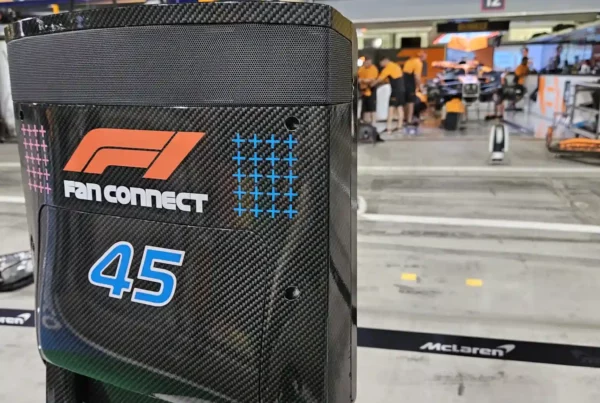For several years now, service robotics has seen its market share increase sharply. Service robots are thus gaining ground, in particular taking advantage of the health context. Analysis of this sector with unlimited potential!
Pioneer and leader in mobile telepresence, Awabot deploys Beam® robots, produced in France, throughout the world.
Whether for professional use or to promote the inclusion of disabled people, our experts will support you in all your projects.
Let’s talk now !

Service robotics versus industrial robotics
Since 2010, the International Federation of Robotics (IFR) has divided its annual report into two sections, one devoted to industrial robotics, and the other to service robotics. Thus, robots operating in so-called tertiary service environments are now recognized as a sector in their own right, in which Awabot has been operating for the past ten years.
Finally, the fields of robotics are defined above all according to their environments and applications.

Solutions for professional environments: the interest of industrial robots and cobots
Industrial robotics is generally used for the automation of assembly or fabrication tasks, in factories, under the control and supervision of human operators. Among the most famous industrial robot manufacturers in the world, Kuka Robotics, ABB Robotics, Epson, or even Fanuc…
The world of industry has seen the appearance in recent years of “cobots”, a contraction of terms “robot” and “collaborative”: it can be, for example, a robotic and articulated arm, able to operating a multitude of tasks identified as complex, painful or even dangerous, automatically or under the control of a human who remotely operates the machine.
Thus, industrial robots operate in their own work areas, while cobots share the same space as workers, which they assist in carrying out tasks.
Service robots: humans first
Service robotics takes different forms, all of which evolve in environments frequented by humans. The challenge for service robots is therefore to integrate naturally into the environments for which they are intended, by offering services with high added value and by promoting user acceptance.
Service robots are used in the professional environment, for example in the service of health, agriculture, retail or education, and also in homes, for personal and domestic use. The most famous domestic robot today is the vacuum robot, but it can also be companion robots.
Robotics market: the fastest growing service robots
Mainly driven by industrial robotics, which holds 64% of the global market, the robotics sector is seeing service robots develop very strongly. Indeed, according to the IFR (International Federation of Robotics), the service robotics market has grown by nearly 80% over the past two years, and it is not going to stop soon.
Health crisis: a strategic role for service robots
The Covid-19 pandemic has indeed stimulated the market for robotic solutions operating in the tertiary sector, with a strong development of robots for disinfection, logistics, and even deliveries. In fact, service robots are a particularly suitable response to social distancing issues, making it possible to protect humans from the risk of contamination.
This is how telepresence solutions, and in particular BEAM, were used to limit the spread of the virus while maintaining social ties:
- in hospitals, at the service of nursing staff;
- in places open to the public such as airports;
- in nursing homes, for family visits;
- in schools, for hybrid classes.
The boom in mobile service robots (AMR)
According to the IFR, mobile robots, also called AMR (autonomous mobile robot), are booming internationally: sales of autonomous mobile robots working in the field of logistics are expected to increase by 31% per year between 2020 and 2023. At the same time, the IFR predicts that sales of mobile robots intended to operate in public environments will increase by 40% per year. Autonomous navigation technologies are therefore set to develop strongly.

Service robotics: unlimited potential for growth and innovation
In the near future, artificial intelligence could take over many everyday objects, whether it is our home or the office, allowing them to transform into service robots. Thus, the specificity of this market is that it is driven by the offer.
By their innovative and disruptive nature, service robotics projects require a great deal of expertise and resources both in terms of hardware and the software ecosystem. Most often integrating a long and complex R&D phase, these projects can lead to uncontrolled costs. This is why it is useful to call on external skills, for subjects at risk, not mastered internally.
A project? Trust Awabot Intelligence!
Awabot Intelligence has complementary know-how and skills covering all issues related to service robotics:
- advanced mastery of the ROS (Robot Operating System) ecosystem;
- development of applications and web services for robotics and supervision;
- expertise in artificial intelligence, autonomous navigation, robotic simulation.
”“Our collaboration with Awabot allowed us to significantly scale up our technical development resources, in the most agile and cost effective way. They were excellent across all areas of technical implementation as well as working closely with our system architect to find the best solution for scaling our deployments.
Andrei Danescu - Co-founder and CEO BotsAndUs
Working with Awabot was by far the best strategic move we made as a small company looking to accelerate time to market. “





